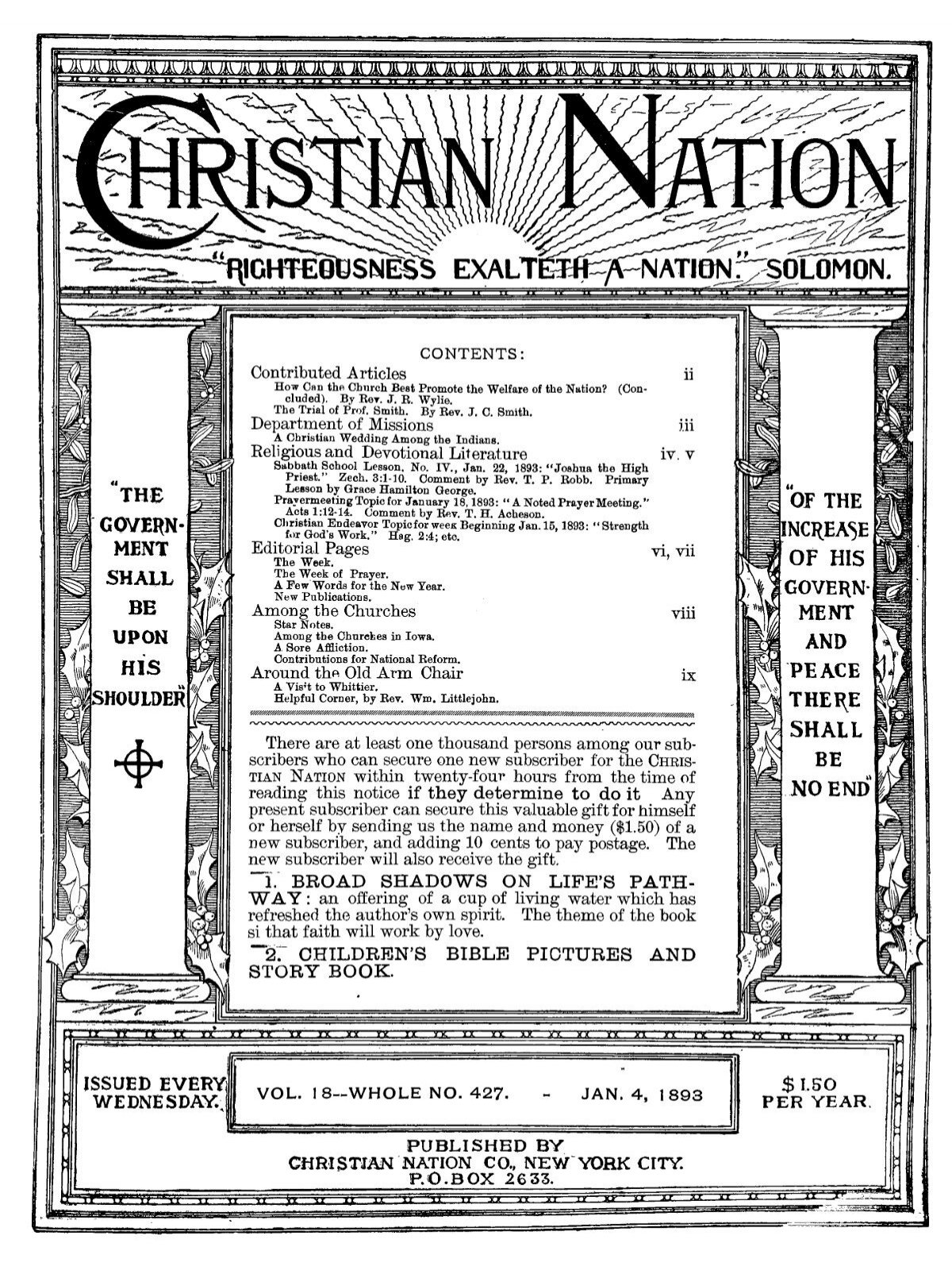
WEIGHT: 52 kg
Breast: Medium
One HOUR:130$
NIGHT: +40$
Sex services: Tie & Tease, Golden shower (in), Hand Relief, Massage professional, Lapdancing
Official websites use. Share sensitive information only on official, secure websites. Address for correspondence: Craig D. Author contributions: CDN conceived of and designed the study. RS performed the database management, quality assurance of the data, and all statistical analyses. CDN drafted the article, and all authors contributed substantially to its revision. RS takes responsibility for data quality and all analyses. CDN takes responsibility for the paper as a whole.
We evaluate the association between emergency medical services EMS intervals and mortality among trauma patients with field-based physiologic abnormality. The outcome was inhospital mortality. We evaluated EMS intervals activation, response, on-scene, transport, and total time with logistic regression and 2-step instrumental variable models, adjusted for field-based confounders. There were 3, trauma patients available for analysis, of whom In multivariable analyses, there was no significant association between time and mortality for any EMS interval: activation odds ratio [OR] 1.

Subgroup and instrumental variable analyses did not qualitatively change these findings. In this North American sample, there was no association between EMS intervals and mortality among injured patients with physiologic abnormality in the field. However, there is little evidence to directly support this relationship. To date, patients with out-of-hospital cardiac arrest remain the only field-based patient population with a consistent association between time response interval and survival.
Meeting such expectations requires comprehensive emergency vehicle and personnel coverage throughout a community and travel at high speeds in risky traffic situations eg, intersections that occasionally result in crashes causing injury and death to emergency vehicle occupants and others. Previous studies assessing the time-outcome association in trauma have been limited by heterogeneous patient groups, single EMS agencies, small sample sizes, and the exclusion of patients who died in the field.

In this study, we tested the association between EMS intervals and mortality among trauma patients known to be at high risk of adverse outcomes those with field-based physiologic abnormality in diverse EMS agencies across 10 North American sites.
































